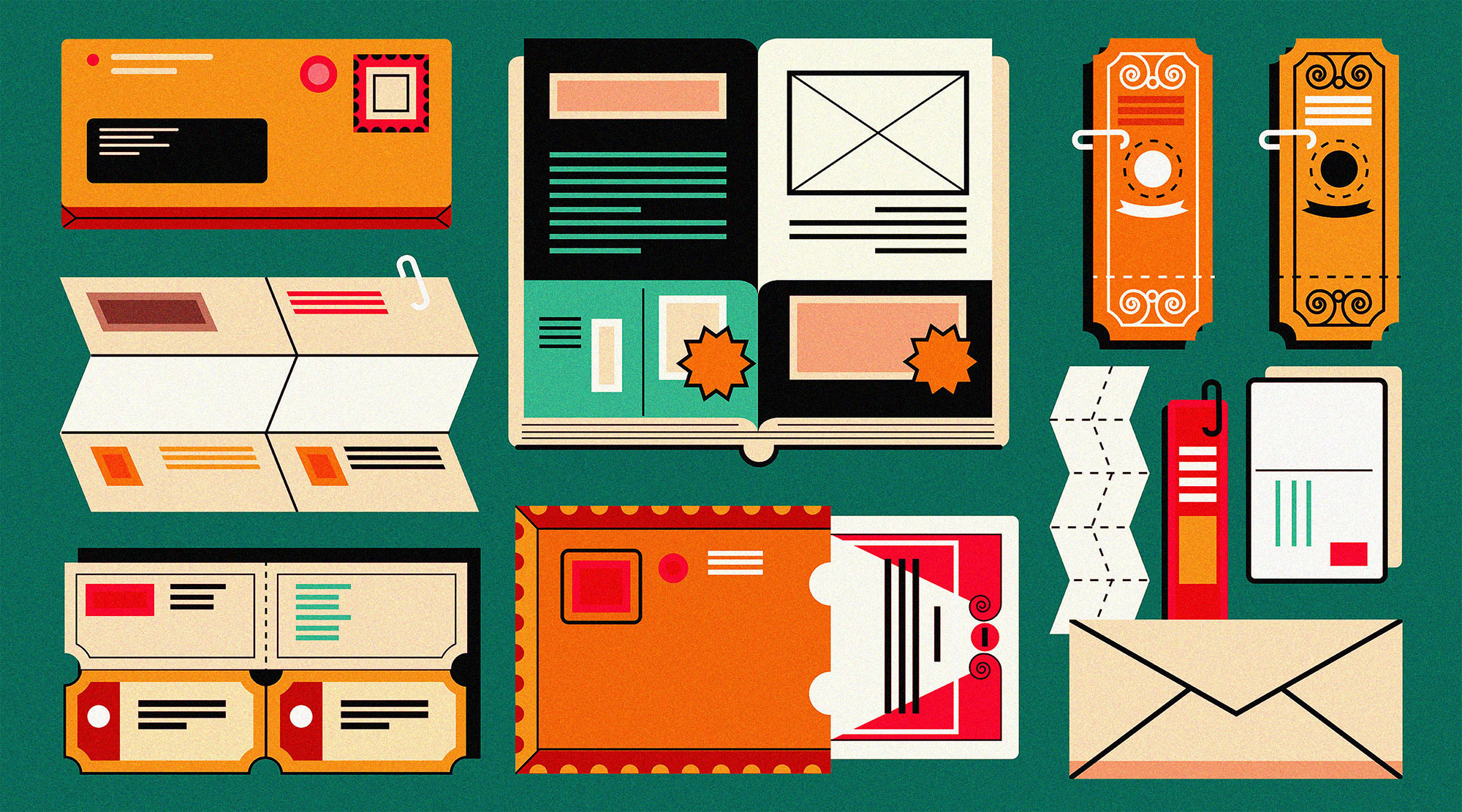The format guide to decide


With so many ways to get your message into a customer’s mailbox, how do you choose? The key to selecting a format is to make sure the direct mail’s presentation squares with your content. You’re not going to announce a one-day sale in a copious catalog—just as there’s no way a postcard is going to suffice when you want to show your new spring clothing line, unabridged. But either format can excel depending on your campaign objectives.
To help you make a format selection for your direct mail campaign, here are the 10 most popular types of marketing mailpieces, organized by the outcome they’re best used to achieve.
These formats work hard to get readers to the next level by conveying a lot of information and having space for unique calls to action. Their high-quality presentation reflects well on your brand.
These formats cost less to produce and are less involved than the commitment drivers, but they’re incredibly effective when you need to get a more specific job done.
These formats help cross-sell a message. They’re also opportunities to create well-branded marketing materials that boost credibility and are easily shared.
These formats are designed to provide the confidentiality some mailings require, while remaining flexible so branding can be worked into the layout or even the mail’s physical content.